The FBI's Most Puzzling Art Crimes
Listen to FBI Special Agent Robert Wittman in the True Spies podcast: Operation Bullwinkle
Art theft doesn’t immediately conjure up images of shoot-outs, explosions and car chases but excitement comes in many forms.
In the summer of 2022, the FBI seized 25 works at the Orlando Museum of Art said to have been created by high-profile artist Jean-Michel Basquiat. Questions were raised about the history and authenticity of the works so the Bureau’s Art Crime Team was sent in to investigate. FBI art cops also track down masterpieces stolen by Nazis, stop terrorists from selling ‘blood antiquities' looted from Iraq and Syria’s museums, and solved cases from the sale of fake Rothko paintings to wine fraud.
The rapid-deployment Art Crime Team was formed in 2003, mainly to recover thousands of artifacts looted from the Iraq Museum after the US bombed Baghdad. More than 20 agents now also investigate fraud, forgeries, museum heists, and money laundering. The Bureau has tracked down art and objects valued at nearly $800m but some of the toughest cases still puzzle the FBI’s most creative minds.
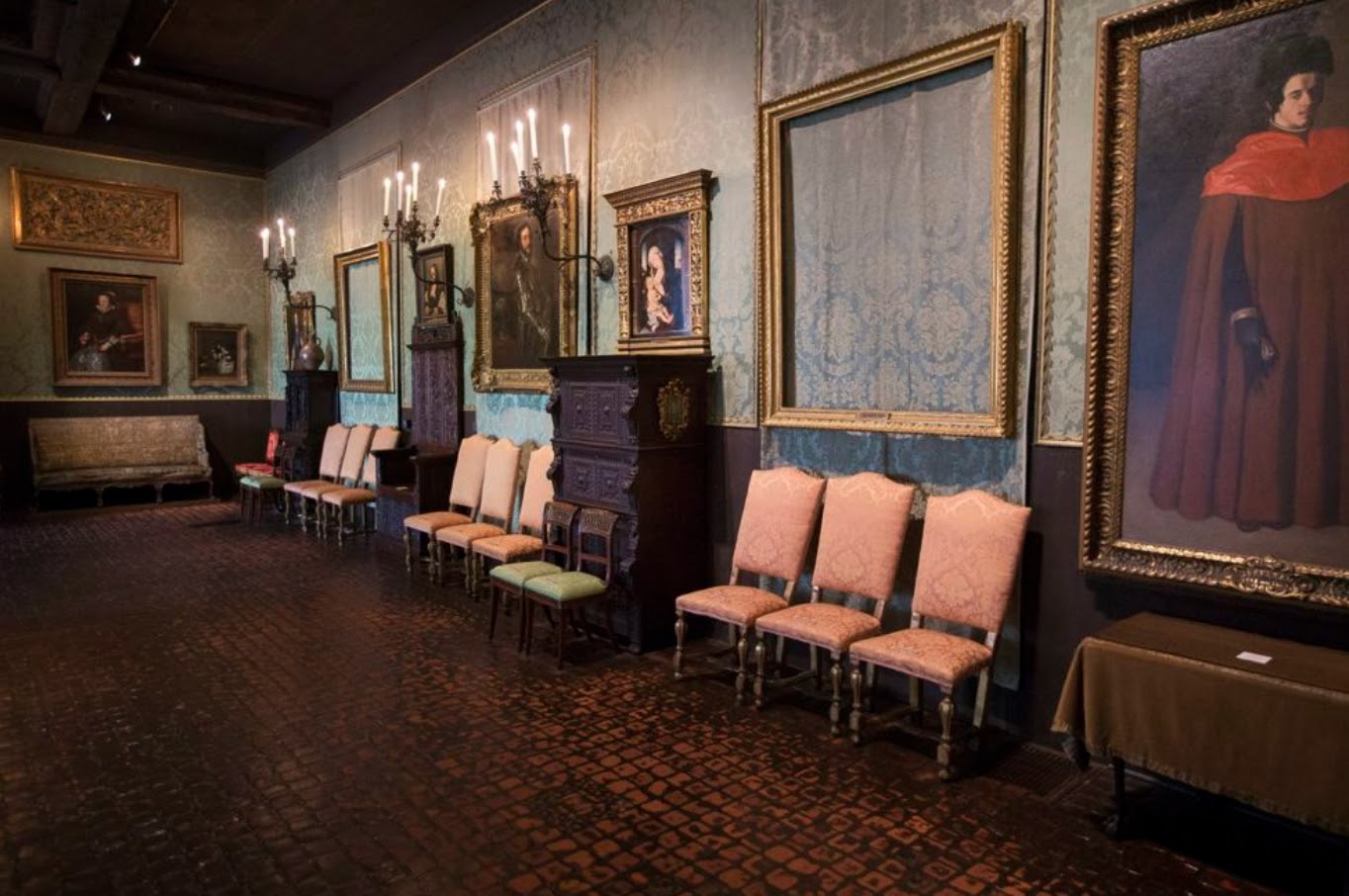
America’s largest art robbery
The empty frames at Boston’s Isabella Stewart Gardner Museum are a stark reminder of the 1990 St Patrick’s Day robbery, the single-largest art theft in the world, according to the museum. It’s also an open case that the Bureau has been trying to solve for decades. Two thieves disguised as police in fake mustaches convinced security guards to buzz them in during the night shift, then overpowered the guards. Thirteen works of art worth more than $500m were stolen including Vermeer’s The Concert and Rembrandt’s Portrait of the Artist as a Young Man. Still unresolved, the museum is offering a $10m reward for the return of the paintings. One tip-off fingered an Irish gangster, but US police believe the art is probably still in America, hiding in a private collection.
"The brand new social experience where you activate your gaming skills as you train like a spy."
- TimeOut
Take on thrilling, high-energy espionage challenges across different game zones.

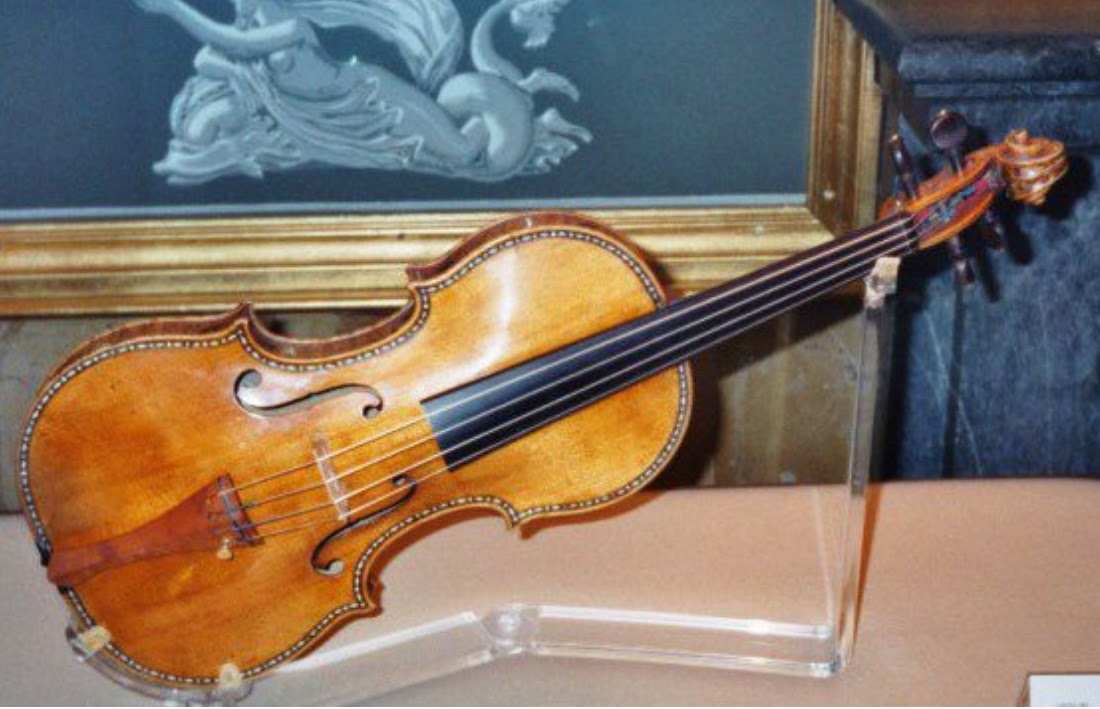
The Davidoff-Morini Stradivarius violin theft
A prized violin made in 1727 by Antonio Stradivari was stolen from the New York apartment of concert violinist Erica Morini in 1995, a case that still confounds the Bureau. The Davidoff-Morini Stradivarius violin - valued at $3m - was bought by her father in Paris in 1924. Morini was 91 at the time of the break-in and was not told about it because of her ill health, according to the Violin Channel. She died shortly after the robbery. Police believe someone had keys to her apartment and lock-safe cabinet, but the thief and the violin were never found. The case remains on the FBI’s Top 10 Art Thefts list (see the full list below).
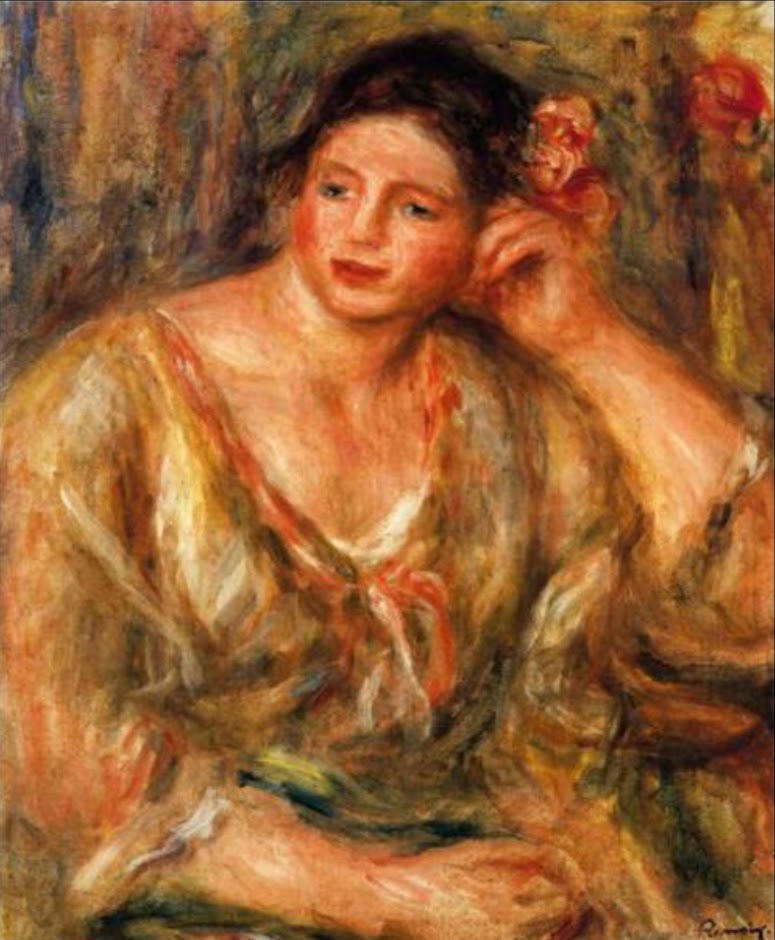
The $1m Renoir mystery
Pierre-Auguste Renoir’s Madeleine Leaning on Her Elbow with Flowers in Her Hair was stolen during an armed robbery at a Houston, Texas home in 2011. The robber wore a ski mask and carried a large-caliber, semi-automatic handgun. He walked off with the French Impressionist painting still in its frame. A private insurer has offered a reward of up to $50,000 for information leading to the recovery of the painting, valued at $1m, but FBI agents have been searching for a decade.
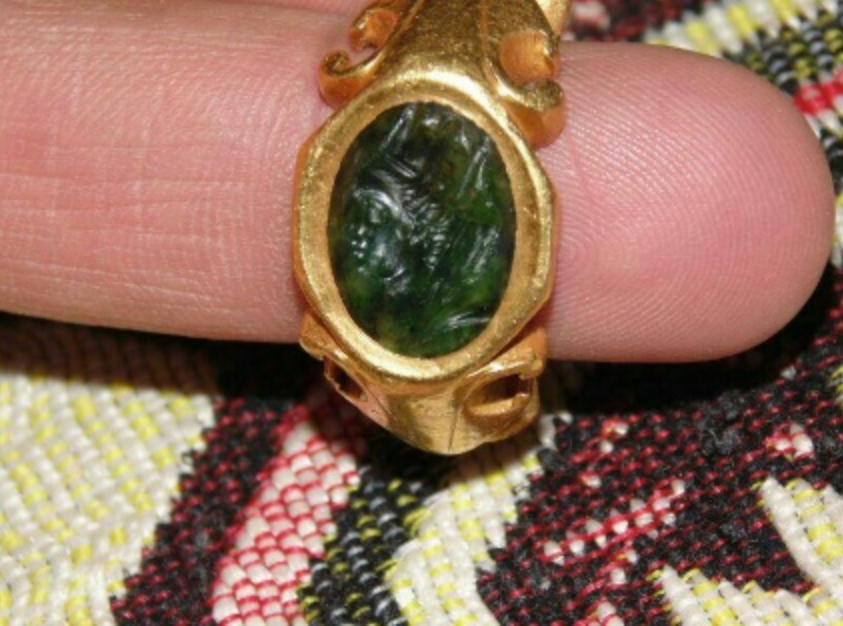
Looting in Iraq and Syria funds terrorism
While Islamic State destroys Unesco heritage sites like Iraq’s ancient city of Nimrud, the terrorist group is also accused of profiting from looted artifacts and the sale of stolen goods on the black market. The UN Security Council has condemned trade with al-Qaeda-associated groups and the FBI has warned US dealers not to sell stolen antiquities. In 2016, the Bureau and the US Justice Department took it one step further, however, filing a civil lawsuit asking for the return of four ancient artifacts - a gold ring (above), gold coins and a carved neo-Assyrian stone - believing them to have been in the hands of the Islamic State of Iraq and the Levant. Mark Altaweel, a reader at the Institute of Archaeology, University College London, told SPYSCAPE that Islamic State remains active in localized areas, often operating underground, but that it is difficult to say how much looting is linked to the organization: “It could be indirect or direct, or people are taking advantage of the lack of security and poor economic conditions, which is always the case, even in normal times.”
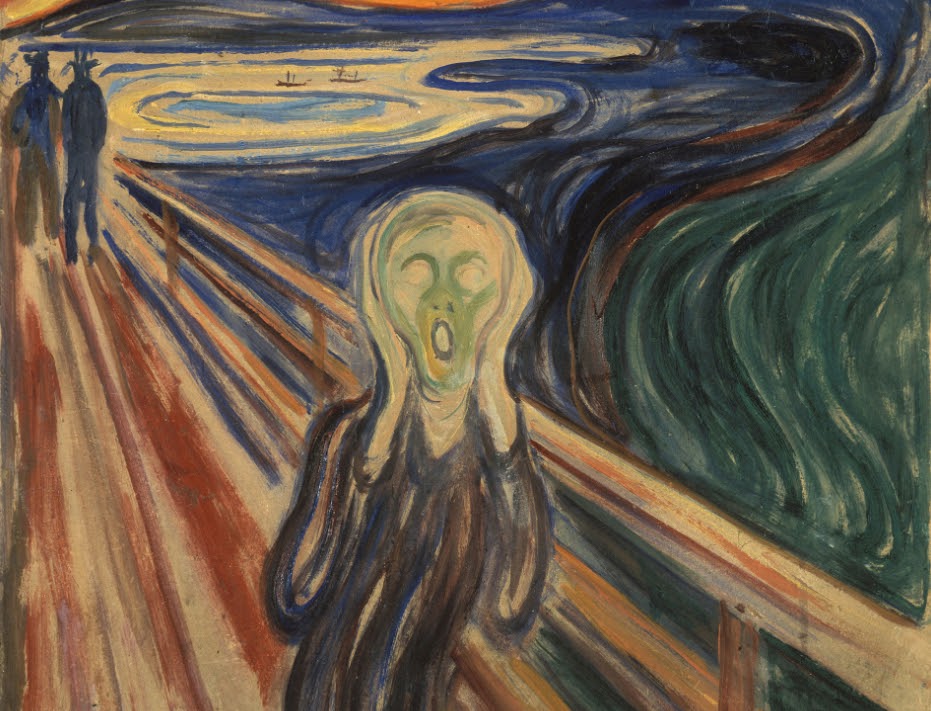
The Scream
Norway’s most famous work of art, The Scream, has been stolen not once, but twice. Artist Edvard Munch actually created five versions of his iconic, anguished subject - two in paint, two in pastel and a lithograph stone - and both paintings have been taken and recovered in police sting operations. In February 1994, as Norway focused on the opening ceremony of Lillehammer’s Winter Olympics, two men broke into Oslo’s National Gallery and stole the 1893 version of the emotionally charged painting. They even left a note: Thanks for the poor security. The museum refused to pay a $1m ransom demand but the painting was eventually recovered in a joint operation with British police. Charles Hill, then a Scotland Yard detective, revealed to SPYSCAPE’s True Spies podcast how he posed as an art expert to flush out the thieves. Ten years later The Scream was stolen again, this time the 1910 version was taken during daylight hours by masked gunmen at the Munch Museum in Oslo. Bad luck. A bystander snapped a photo of the thieves as they ran to their car. A third version of The Scream, one of the pastels, was sold at a Sotheby’s auction in 2012. The price tag? A steal at just under $120m.
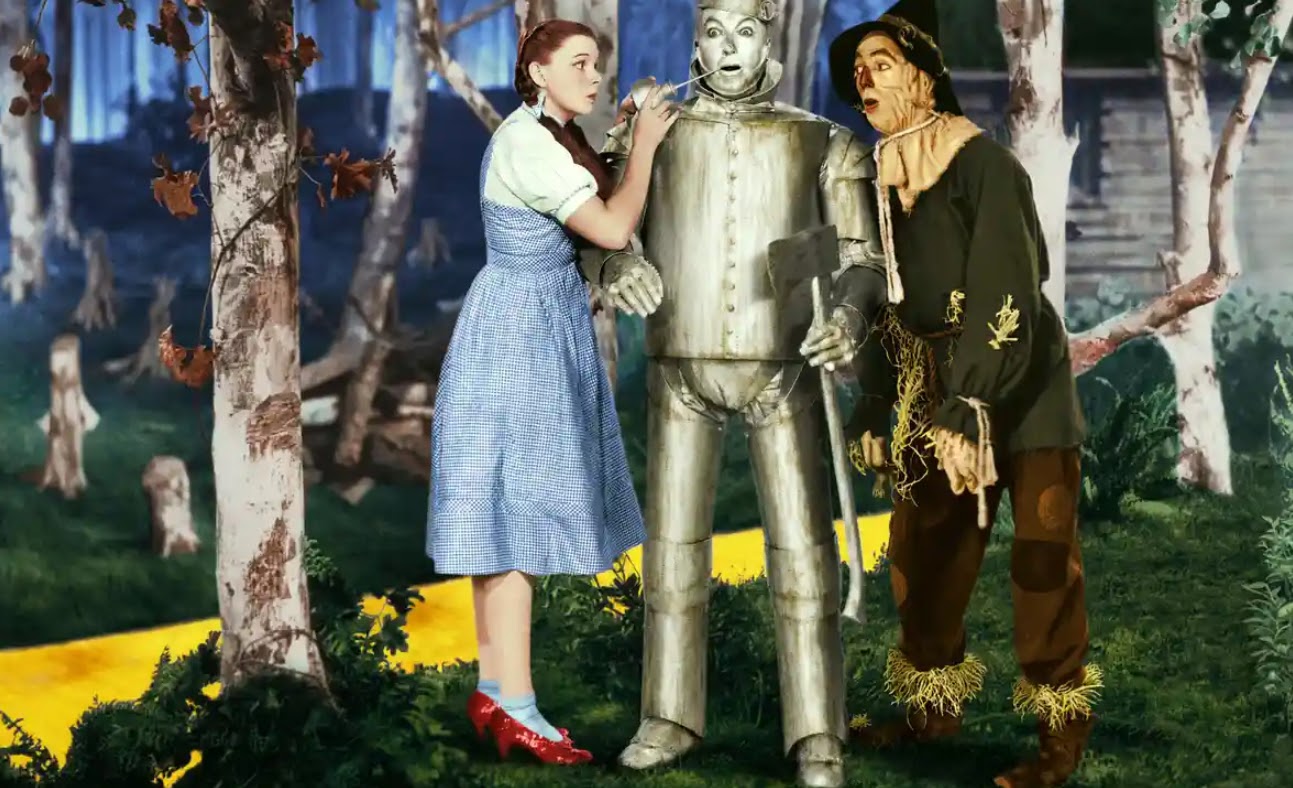
Dorothy’s shoes
The FBI has an enviable track record for recovering treasures on its home turf, including a pair of ruby slippers worn by Dorothy (Judy Garland) in The Wizard of Oz. The sparkling heels - the Holy Grail of Hollywood memorabilia insured for £1m - were stolen from the Judy Garland Museum in Grand Rapids, Minnesota.
The FBI organized an undercover operation (yes, really, an undercover operation) in 2018 and a man was indicted in 2023 by a grand jury on charges of theft of a major artwork. The size 5 slippers are now back safely where they belong, and yes, you guessed it. There’s no place like home.
SPYSCAPE+

Join now to get True Spies episodes early and ad-free every week, plus subscriber-only Debriefs and Q&As to bring you closer to your favorite spies and stories from the show. You’ll also get our exclusive series The Razumov Files and The Great James Bond Car Robbery!


Gadgets & Gifts
Explore a world of secrets together. Navigate through interactive exhibits and missions to discover your spy roles.
Your Spy Skills
We all have valuable spy skills - your mission is to discover yours. See if you have what it takes to be a secret agent, with our authentic spy skills evaluation* developed by a former Head of Training at British Intelligence. It's FREE so share & compare with friends now!
* Find more information about the scientific methods behind the evaluation here.


Stay Connected
Follow us for the latest
TIKTOK
INSTAGRAM
X
FACEBOOK
YOUTUBE